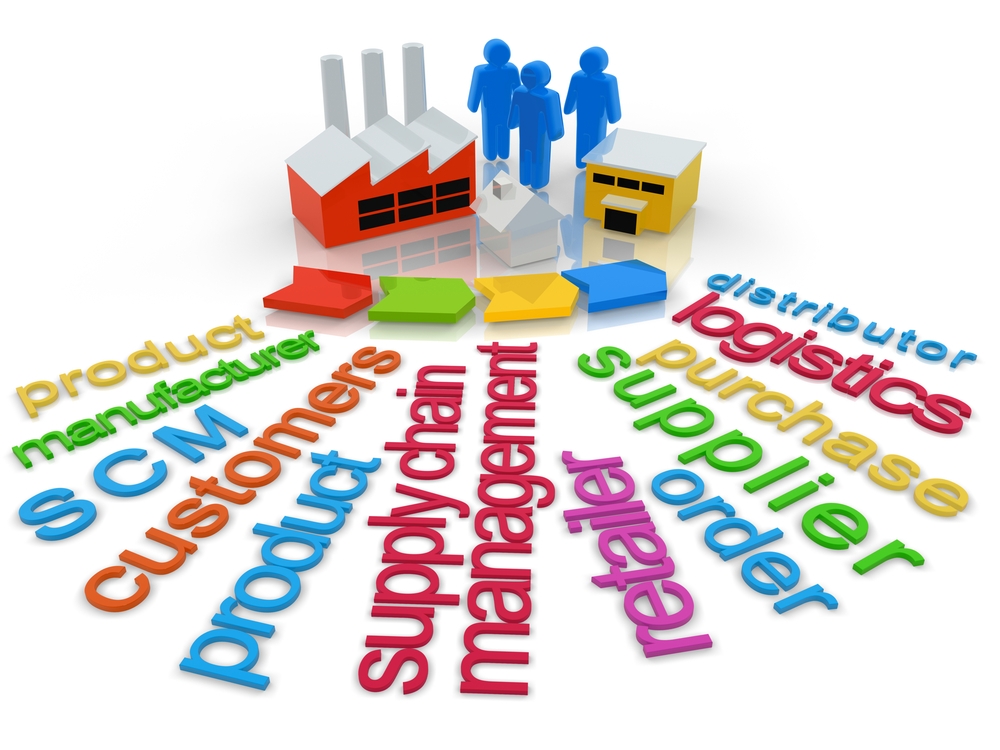We always talk about the supply chain, the value chain, production chains, but we rarely take the time to stop and think about what these different chains mean in practice. In this post, we are going to demystify production chains, how they relate and what they have to do with us, consumers of the final products.
Let’s imagine a product that all of you who are reading this text are using: a device with internet connection. It is a typical example of interconnecting different chains, countries and segments. Probably the technology and chips of your computer has been developed after years of research in Silicon Valley, USA; but its chip was not produced there, this production was outsourced to a factory in somewhere in China. Many other parts were also produced in other parts of China or in India, Taiwan or another Asian producer.
But you did not travel to China to buy your computer. It’s probable that you bought it online. Some company had to buy it from China for you, and some other company shipped it to your country (and another one delivered to your home). Along with the computer came manuals in several languages. In addition, you also received several software, which was developed in another part of the world, and if you have doubts, you will call the call center, which can be located anywhere else on the planet and will have service in your native language.
So, what does a telemarketing / telemarketing operator in another country has to do with the computer chip factory in China? Everything! Both are part of the same chain that served the product you are using.
If you think this is true only for highly technological and industrialized products, you are wrong. Let’s look at the food production chain: a lettuce, for example.
This chain begins in the agricultural research, for example, when he develops and selects the best seeds, more resistant and adapted to the place where the crops will be. They go through the producers, agrochemicals and fertilizers, machinery and equipment, workers, agricultural loans, transportation, packaging, storage, marketing, sales until you get to your table … a simple lettuce!
Thus, production chains involve all stages of the production of a product, from the planning and design until it is delivered to the consumer. In addition, we can say that sustainable production chain is one that does all this worrying about the environment, trying to reduce the impact of each action and its global footprint.
Note that the possibilities for improvement are immense. Each party can do its job more efficiently, at a lower cost, with less environmental and social impact. The result is a huge improvement.
